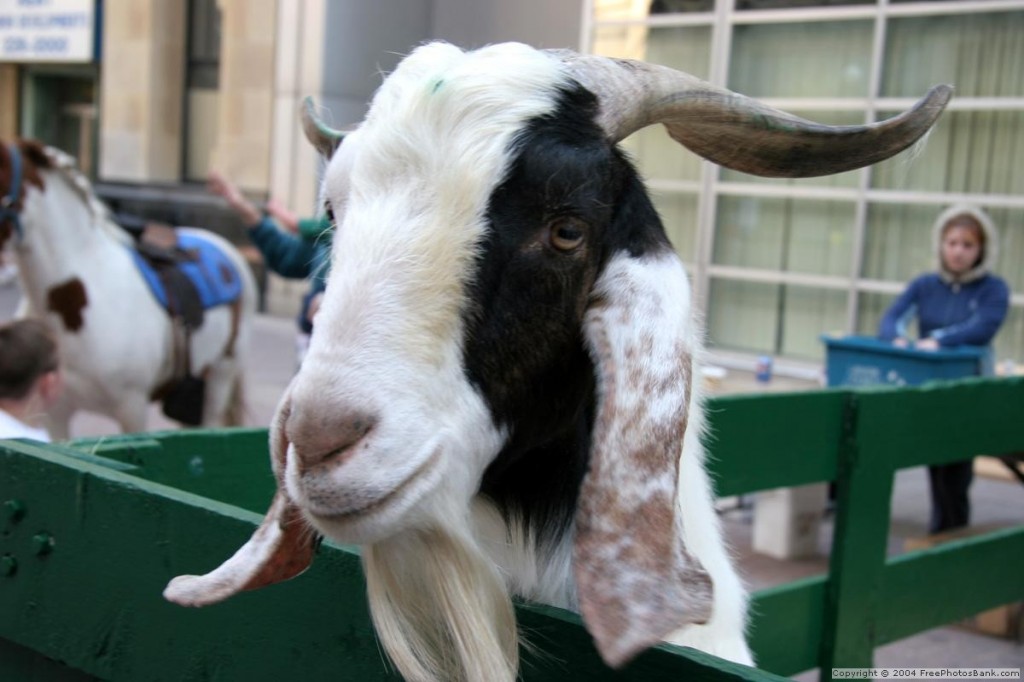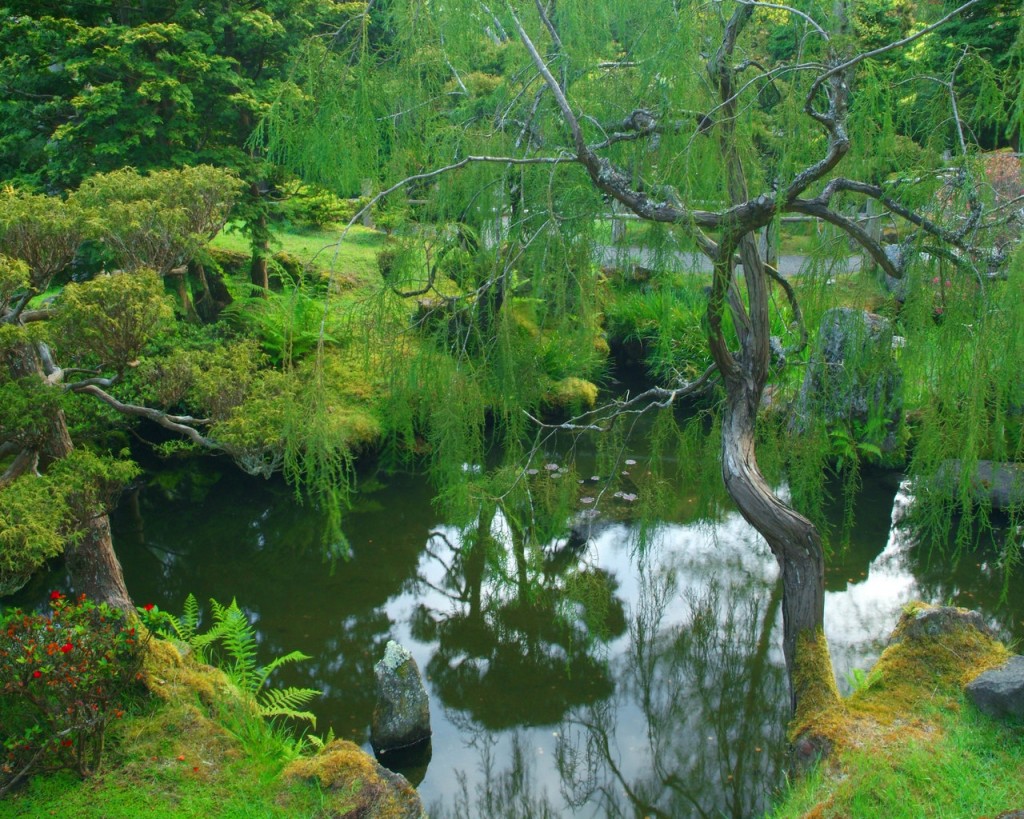Tonight as I was watching “Dancing with the Stars” I was touched to hear JR Martinez tell about the tragedy that mutilated his body, and the courage he found to be positive despite the losses. He fought against the odds to make the best of a horrific situation, even going on to become a successful actor on “All My Children” TV show, and an inspiring example.
While serving in Iraq he was injured in an explosion. The next thing he remembers is waking in the hospital and eventually seeing his face was totally disfigured. Like any of us might, he felt his life was over and he would be better off dead. He felt no one could understand what he was going through.
One day his mother said something that changed his life. “Whoever is going to be in your life now will be there because of who you are as a person, and not what you look like.” Those words deeply impacted him to make a conscious choice to fight back (Tapas, or standing in the heat/struggle in yoga terms) and to try to be positive (practising contentment even in challenges/Santosha).
JR said, “…I just chose in that moment to fight and just to try to be upbeat – try to be positive every single moment from that day on.”
What an amazing example! Not only has he made his life so much better than it would have been given the circumstances, but he also achieved acting fame and has immeasurably touched the lives of millions who watch him and will try to be a bit better, a bit stronger, based on the path he is setting. This is yoga off the mat.
JR is truly beautiful.
EXERCISE:
Today pick a situation where you usually feel frustrated or upset in some way. It might be something big or small. For some, it might even be on the mat in your yoga practise. Whatever the situation, make a conscious choice to be positive – to practise Santosha (Contentment).
We are all imperfect, so if it is particularly challenging try setting a time limit of one hour. If you find yourself slipping, think of JR or some other person who inspires you. Afterwards, write about your experience in a journal. How did you feel in the situation practising Santosha versus how you feel when you are not?
We can’t control what happens on the outside. But we can control what we think about it. We can choose to practise Santosha.
“Contentment (AKA Santosha) is a pearl of great price, and whoever procures it at the expense of ten thousand desires makes a wise and a happy purchase.”
John Balguy

